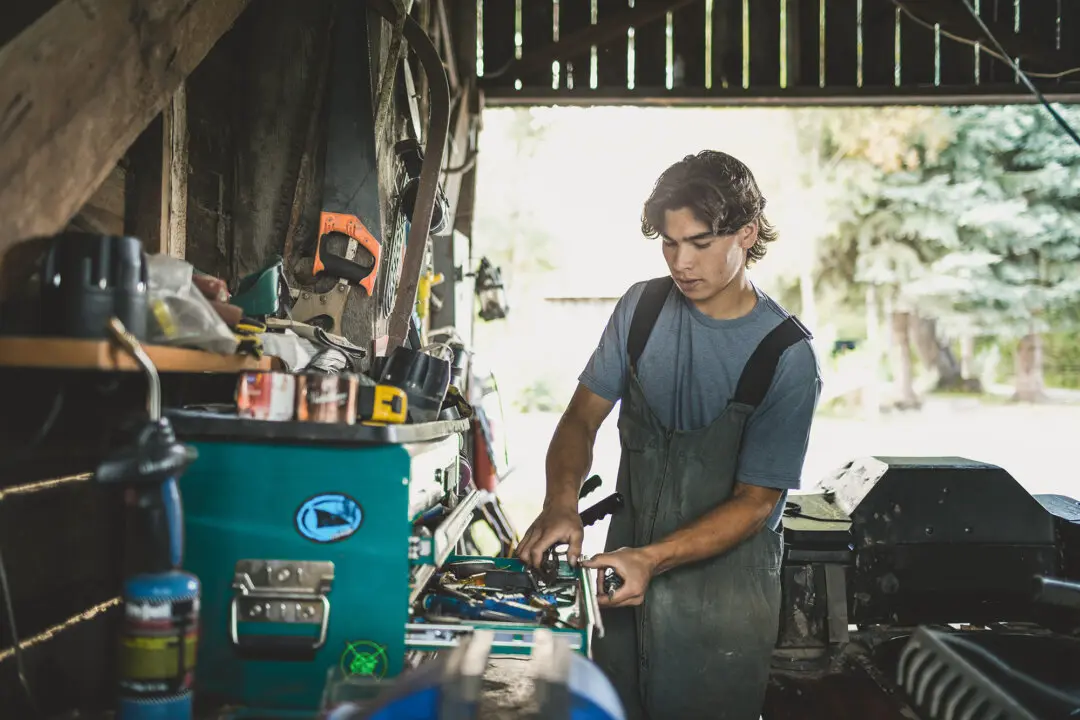Don’t be so quick to shoo that bee away. Virtually all seeds need to be pollinated; happily, there are insects and wildlife ready to help.
The USDA reports that there are more than 3,500 species of bees alone increasing crop yields, and it estimates that one out of every three bites of food we eat exists because of animal pollinators such as bees, butterflies, moths, birds, bats, beetles, and other insects.





